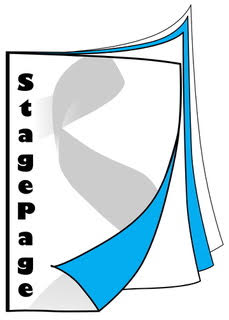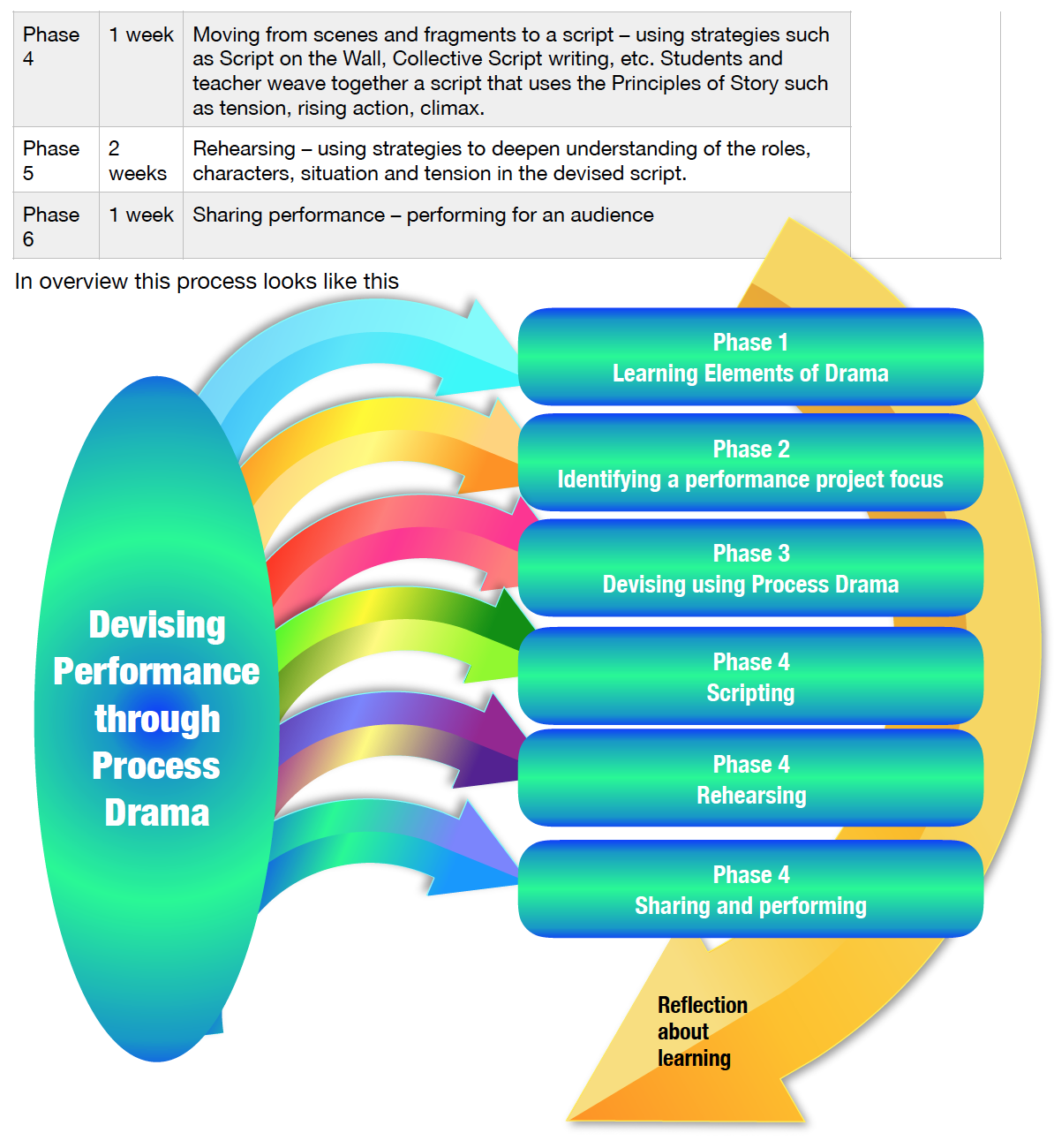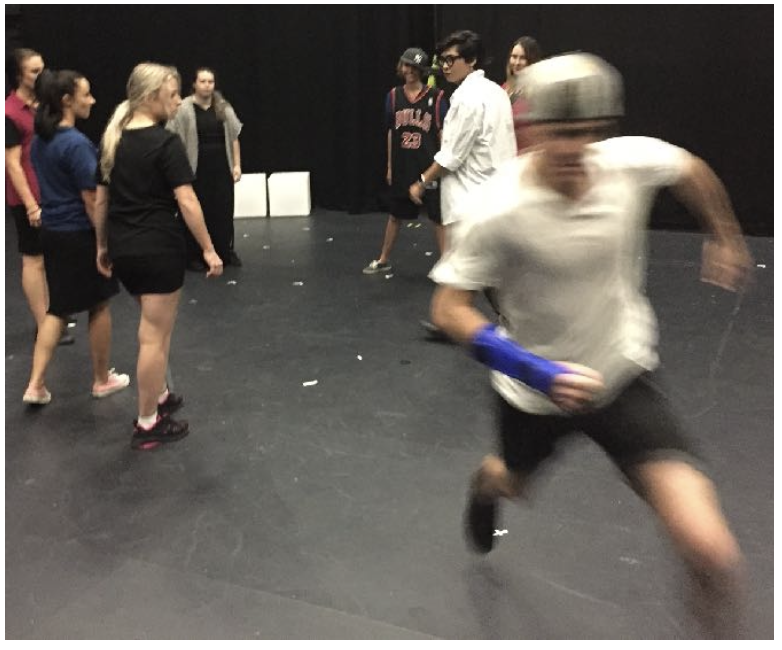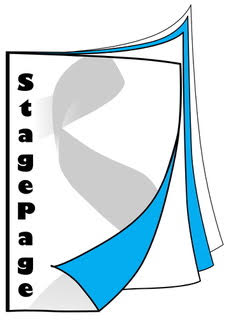Yesterday I helped out at the Western Australian Public Secondary Schools’ Choral Festival. This is an annual event organised by the Instrumental Music Schools Services in the Department of Education. Many of my voice teaching colleagues and friends were there with their choirs.
Choir directing has not featured much in my long teaching career. Once, long ago, I directed a church youth choir, and I have certainly sung my share of Messiahs and other major choral works in choirs over the years. But my direction of any large group of singers has mostly been as a vocal coach and MD for musicals.
Yesterday as I sat listening and watching, I was struck by the special bonds which so clearly existed in almost all of the choirs and ensembles. The singers clearly loved performing together and were proud to take ownership of their work.
The groups ranged in size from four to around one hundred and in age from grades 7 to 12. Nearly seven hundred singers took part over the day.
The vocal styles covered folk, religious, indigenous, pop, gospel, classical and music theatre. Some of the performances featured simple choreography and I was again reminded of the benefit to our brains of combining music and movement. (I also remembered back to the 1980s when ‘choralography’ was first seen as a trend in the USA and was regarded by many Australian choral purists as something to be avoided here at all costs!)
Where am I going with this?
Well, in this time of parents seeking private singing teachers for their children at younger and younger ages – and at considerable cost – they might be better advised to ensure that their child joins a choir. There the basics of good breathing and fundamental singing techniques can be learned, along with musicianship and reading skills and most importantly, working as an ensemble with other like-minded children. Solo vocal lessons can wait a year or so.
Of course, this all comes at a cost to the choir directors who work tirelessly to rehearse, to strive for detailed and polished performances, as well as attend to the myriad paperwork involved with taking students out to choral festivals. My colleagues were clearly exhausted at the end of the day. But it was so worth it for the students and the audience.
As I watched a group of year 12 students thanking their choir director (and secretly shedding a tear that this was their last choir performance before graduating high school) I was filled with admiration for choir directors world-wide.







